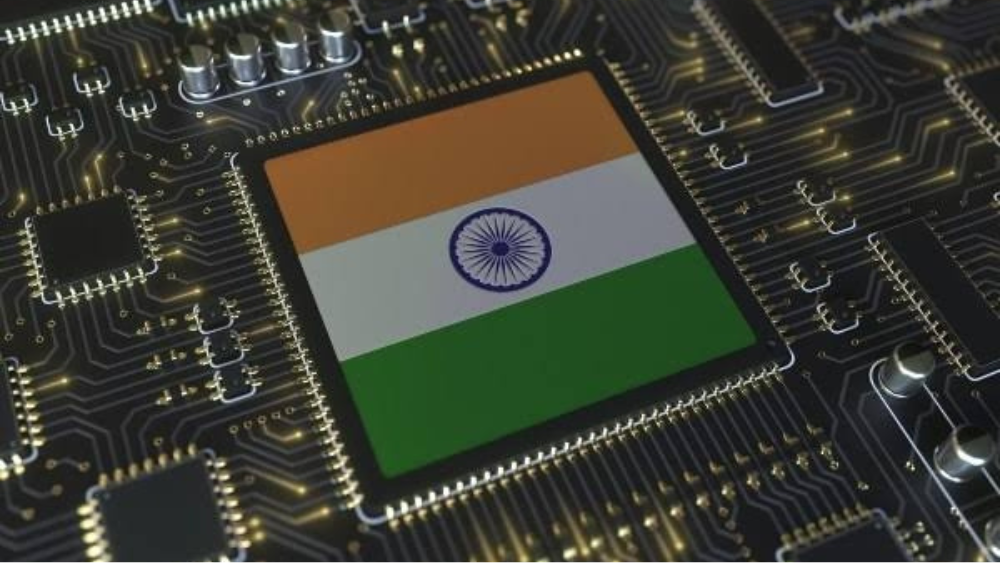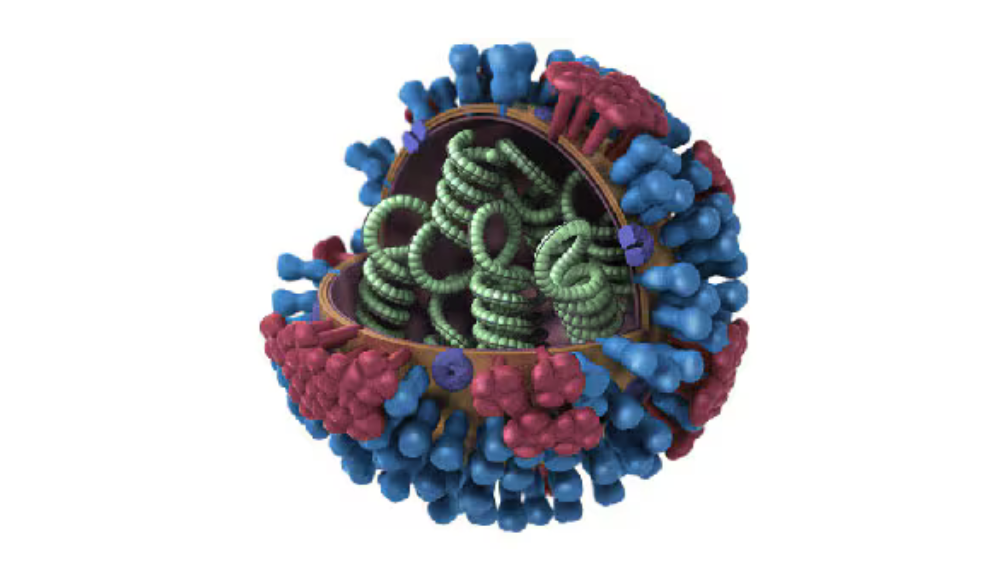
PROMOTING DOMESTIC PRODUCTION OF CHIPS AND SEMICONDUCTORS
Questions :
Will the Minister of Electronics and Information Technology be pleased to state:
- the measures taken to promote indigenous chips and semiconductors manufacturing capabilities and the progress made so far in this regard;
- the manner in which chip and semiconductor imports impact country’s international relations in terms of trade relationships, technology partnerships and national security;
- the vulnerabilities associated with such reliance and steps being taken to address those vulnerabilities;
- whether Government has taken any initiatives to reduce the country’s reliance on imports and promote domestic production of chips and semiconductors considering their strategic importance; and
- the objectives, timelines, and policy measures envisaged under the plans?
ANSWER
MINISTER OF STATE FOR ELECTRONICS AND INFORMATION TECHNOLOGY (SHRI RAJEEV CHANDRASEKHAR)
- , (d), and (e): Government is very focused on its important objective of building the overall semiconductor ecosystem and ensure that, it in-turn catalyses India‟s rapidly expanding electronics manufacturing and innovation ecosystem. Government has approved the Modified Semicon India programme with a total outlay of INR 76,000 crore for the development of semiconductor and display manufacturing ecosystem in the country. The modified programme aims to provide financial support to companies investing in semiconductors, display manufacturing and design ecosystem. This will serve to pave the way for India‟s growing presence in the global electronics value chains.
Following four schemes have been introduced under the aforesaid programme:
- „Modified Scheme for setting up of Semiconductor Fabs in India‟ for attracting large investments for setting up semiconductor wafer fabrication facilities in the country to strengthen the electronics manufacturing ecosystem and help establish a trusted value The Scheme extends a fiscal support of 50% of the project cost on pari-passu basis for setting up of Silicon CMOS based Semiconductor Fab in India.
- „Modified Scheme for setting up of Display Fabs in India‟ for attracting large investments for manufacturing TFT LCD or AMOLED based display panels in the country to strengthen the electronics manufacturing Scheme extends fiscal support of 50% of Project Cost on pari-passu basis for setting up of Display Fabs in India.
- „Modified Scheme for setting up of Compound Semiconductors / Silicon Photonics / Sensors Fab / Discrete Semiconductors Fab and Semiconductor Assembly, Testing, Marking and Packaging (ATMP) / OSAT facilities in India’ extends a fiscal support of 50% of the Capital Expenditure on Pari-passu basis for setting up of Compound Semiconductors / Silicon Photonics (SiPh) / Sensors (including MEMS) Fab/ Discrete Semiconductor Fab and Semiconductor ATMP / OSAT facilities in India.
- ‘Semicon India Future Design: Design Linked Incentive (DLI) Scheme’offers financial incentives, design infrastructure support across various stages of
development and deployment of semiconductor design for Integrated Circuits (ICs), Chipsets, System on Chips (SoCs), Systems & IP Cores and semiconductor linked design. The scheme provides “Product Design Linked Incentive” of up to 50% of the eligible expenditure subject to a ceiling of ₹15 Crore per application and “Deployment Linked Incentive” of 6% to 4% of net sales turnover over 5 years subject to a ceiling of ₹30 Crore per application.
In addition to the above schemes, Government has also approved modernisation of Semi- Conductor Laboratory, Mohali as a brownfield Fab.
So far, one proposal of Micron Technology Inc for setting up a semiconductor ATMP unit in India with capital investment of ₹22,516 crore (USD 2.75 Billion) has been approved.
Setting up of Semiconductor unit requires huge investments and necessitates suitable infrastructure like availability of uninterrupted Power and Clean Water. Further, Semiconductors manufacturing is a very complex and technology-intensive sector with huge capital investments, high risk, long gestation and payback periods, and rapid changes in technology which require significant and sustained investments.
- & (c): Government is closely working with other countries for collaboration on technology partnership, collaborative research, building a talent pipeline, building a Trusted Supply Chain, demand aggregation, infrastructure development, trust diplomacy and other supporting frameworks of the growing digital and technology ecosystem. India has signed an MoU with US under the framework of India-Unites States Commercial Dialogue to enhance bilateral collaboration on opportunities to advance resilient semiconductor supply chains and leverage complementary strengths.




